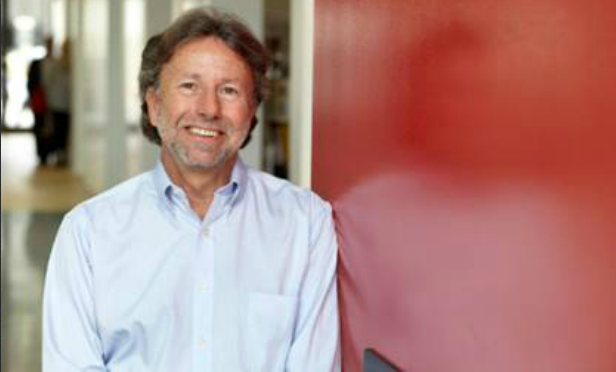 ULI Los Angeles Marty Borko GlobeSt.com: Tell me about the homelessness report and research that ULI conducted, and the impetus for the report. Marty Borko: GlobeSt.com: Once you presented the report to the Mayor's office, what was your next step to put some of these recommendations into action? Borko: GlobeSt.com: The recommendations came out with a goal of reducing the homeless population by 50% by the end of the year. Is that an achievable goal? Borko: GlobeSt.com: While each of the pillars you outlined are important, funding these projects seems to be one of the biggest challenges. Will these projects use public money, private money or public-private partnerships? Borko: GlobeSt.com: What comes next? Borko:
ULI Los Angeles Marty Borko GlobeSt.com: Tell me about the homelessness report and research that ULI conducted, and the impetus for the report. Marty Borko: GlobeSt.com: Once you presented the report to the Mayor's office, what was your next step to put some of these recommendations into action? Borko: GlobeSt.com: The recommendations came out with a goal of reducing the homeless population by 50% by the end of the year. Is that an achievable goal? Borko: GlobeSt.com: While each of the pillars you outlined are important, funding these projects seems to be one of the biggest challenges. Will these projects use public money, private money or public-private partnerships? Borko: GlobeSt.com: What comes next? Borko:© Touchpoint Markets, All Rights Reserved. Request academic re-use from www.copyright.com. All other uses, submit a request to [email protected]. For more inforrmation visit Asset & Logo Licensing.






